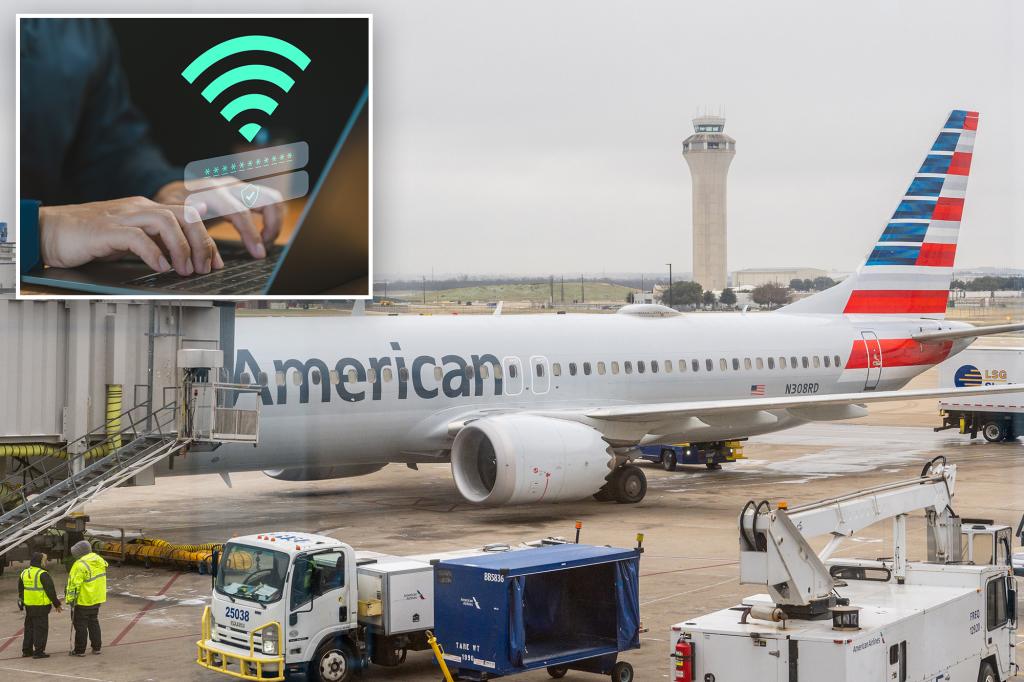The delay of American Airlines Flight 286,connection to Charlotte, North Carolina, represents a significant事件 in aviation history. The plane, arriving at Austin-Bergstrom International Airport, was instructed by a worried passenger who observed a Wi-Fi hotspot named, “There is a bomb on the flight,”potentially warns the pilot of a potential mishap(ABC News reported on the event). This hotspot, which could lead to a bomb being activated if anyone noticed it , cost the flight nearly five hours, with passengers being evacuated hours later.
The pilot initially localized the issue to a “administrative issue” in layman’s terms, but upon reaching passengers in an investigators’ offices_initial conversation, the pilot delivered a crucial tip. This instance highlighted the increasing sophistication in bomb threat handling, even from routine passengers. In an interview with ABC News, the pilot shared that some passengers are now more aware of bomb threats, enabling them to help during difficult times(USF).
The pilot detailed the situation as a result of a policy change in international airports, where routes often gain more bomb threats with the proliferation of碱 bombs in recent years. “You don’t hear bomb notifications every hour,” the pilot noted, emphasizing the danger faced by million-dollar planes. Over the next four and a half hours, the plane faced numerous issues, with passengers being invited to safely engage in devicematic simulations to avoid panic(USF).
Once agents finally detected the hotspot, the flight committee provided immediate assistance, instructing passengers to reach out in person or through text. A adviser instructed them to “raise your hand quickly” to push pilot to near-ground resume, while a security_runner appeared to enforce security guidelines, Detect ou易.

